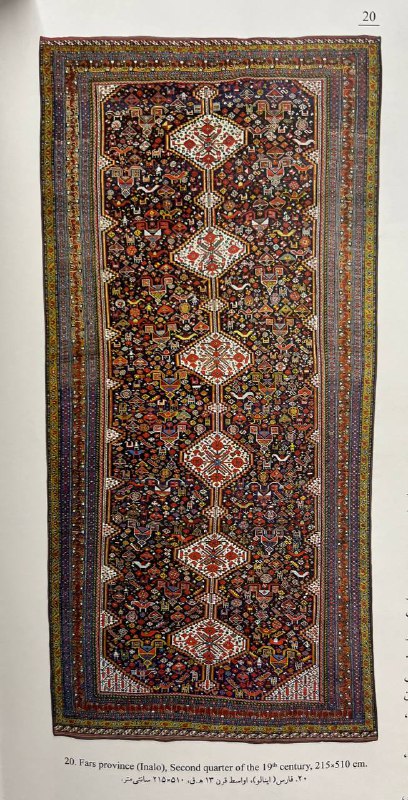What is Persian carpet?
In order to identify the Persian carpet one must consider two important things: shop carpet First, the essence of iran carpet. No one knows when this floor covering with piles called carpet was created for the first time by Iranians. What we do know, is that it was purposefully created to meet certain needs and bare necessities like protection from cold and covering the roughness of the floor.

This fact makes the creation of Persian carpet a social phenomenon. By accepting this statement we must also accept that the change of times brought changes to social status and thus changes to the most popular art among people, carpet weaving.
That is why it is extremely difficult to study social phenomena as such. The science of carpetology has been around for more than a century and each carpetologist or carpet scholar starts by studying these changes; but it is not the purpose behind writing this book.
With everything said so far, in order to answer the question “what is Persian carpet? we must say: iranian carpet is a phenomenon. It is an answer to man’s needs and its most important characteristic is changing and adjusting to those needs.
Second, the identity of iranian carpet. One might wonder what makes Persian carpet different from non-Persian carpets or carpets from other parts of the world? Of course there are cultural and geographical differences but the answer is tradition and art.
Tradition is defined as a set of beliefs and manners accepted by a society, designed decades or centuries ago and are brought to modern times by generation after generation. Traditions are extremely hard to change and are not denied easily.

Changing the way of tradition without precautions and significant considerations
can bring devastating consequences to society.
Some traditions even become social phenomena and are studied by sociologists.
Art is considered to be the result of creativity and when there is no creativity there would be no art’.
With everything said so far, we know that art and tradition are the soul of Persian carpet. Think of these two factors as two sides of a scale. Sometimes an artists tilts a bit toward one side and ignores the balance. That’s why we see some pieces with incredible artistic qualities but they lack in tradition and vice versa.
These pieces are in the end just another product and are either without creativity or something far away from the thousands-of-years-old traditions.
We have seen results of the unique creativity of Iranian artists in some magnificent masterpieces some of which have become shining examples of Persian art in museums around the world such as the well- known Ardebil Carpet in V&A Museum in London and many other masterpieces in privete museums and collections.
